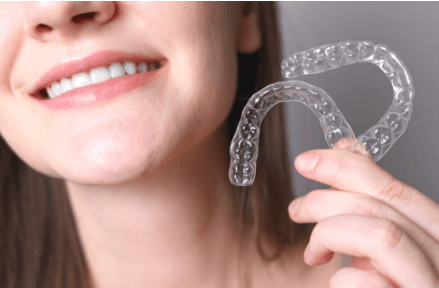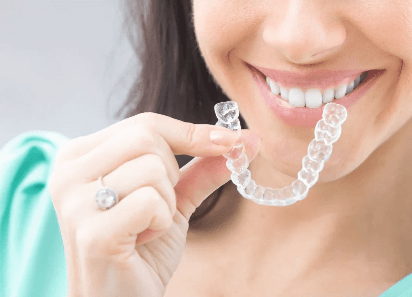
Class Action Lawsuit Invisalign
The ongoing Class Action Lawsuit Invisalign against Invisalign raises critical questions regarding the transparency and reliability of their clear aligner system. Allegations of misleading marketing practices, coupled with consumer complaints about ineffective treatment and discomfort, prompt a closer examination of the implications for both users and the orthodontic industry at large. As the legal case progresses, the ramifications could extend beyond compensation for affected individuals, potentially altering the landscape of dental aligner treatments. What might this mean for future consumer trust and regulatory practices in the field?
Read also: Art:4hv22s6hiie= Lofi
Overview of the Class Action Lawsuit Invisalign
The class action lawsuit against Invisalign has emerged as a significant legal matter, raising critical concerns regarding the efficacy and safety of its products.
The lawsuit background indicates that plaintiffs allege misleading marketing practices.
Settlement possibilities are a focal point, as potential resolutions could impact both consumers and the company, shaping future product transparency and safety standards within the dental aligner industry.
Common Complaints From Users
User experiences with Invisalign have revealed a range of common complaints that have contributed to the growing discontent among consumers.
Many users express dissatisfaction with the treatment duration, claiming it often exceeds initial expectations.
Additionally, discomfort during wear and issues with aligner fit frequently arise, leading to concerns about the effectiveness of the treatment and misalignment with user treatment expectations.

Legal Implications for Invisalign
Legal ramifications surrounding Invisalign extend beyond individual user experiences, highlighting significant concerns regarding product liability, consumer protection, and professional responsibility.
Manufacturers bear legal responsibilities to ensure product safety and efficacy, while consumers possess rights to seek recourse for damages incurred.
The interplay of these factors raises critical questions about accountability and transparency in orthodontic practices, affecting both patients and practitioners within the industry.
Future of Clear Aligner Treatments
As the legal landscape surrounding Invisalign continues to evolve, the future of clear aligner treatments appears poised for significant advancements and challenges.
Emerging technologies are set to enhance treatment precision and efficiency, directly impacting patient satisfaction.
However, ongoing legal scrutiny may reshape industry practices, necessitating a balance between innovation and compliance to ensure that patients receive safe and effective orthodontic care.
Read also: STD Test vs. HIV Test: A Comprehensive Guide
Conclusion
The ongoing Class Action Lawsuit Invisalign exposes critical concerns regarding the efficacy and safety of dental aligners. As allegations of misleading marketing practices and user dissatisfaction surface, the future of clear aligner treatments hangs in the balance. This legal battle serves as a modern-day David versus Goliath, highlighting the need for accountability and transparency in the orthodontic industry. The outcome may not only reshape consumer rights but also establish new standards for orthodontic practices moving forward.




